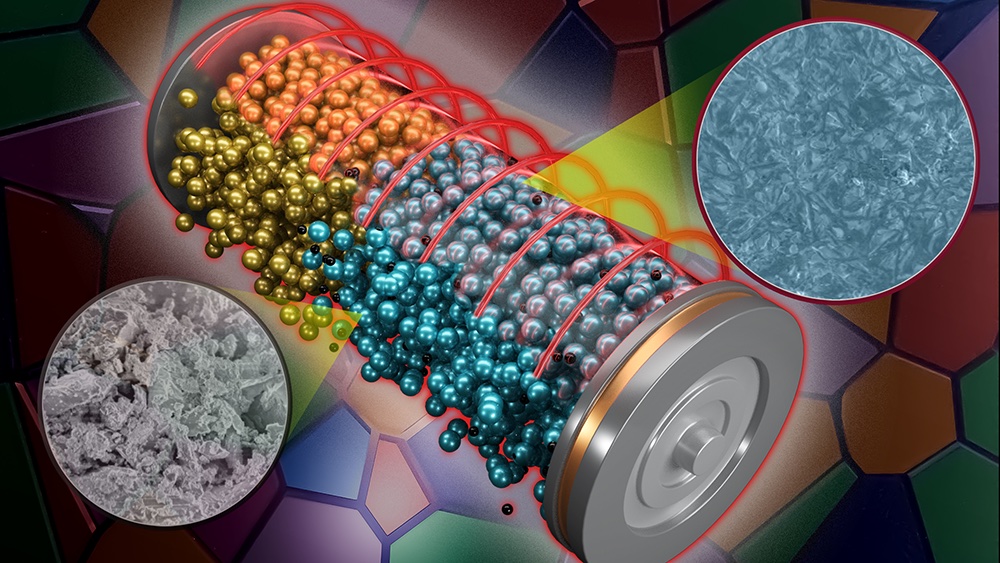Scientists discover that ions hopping through a battery electrolyte can reverse direction in response to a jolt of voltage and briefly return to their previous positions – .the first indication that the ions remembered, in a sense, where they had just been.
Tag: solid-state batteries

Neutrons look inside working solid-state battery to discover its key to success
Researchers used neutrons to peer inside a working solid-state battery and discovered that its excellent performance results from an extremely thin layer, across which charged lithium atoms quickly flow as they move from anode to cathode and blend into a solid electrolyte.

Turning up the heat
Oak Ridge National Laboratory scientists found that a small tweak created big performance improvements in a type of solid-state battery, a technology considered vital to broader electric vehicle adoption.
A new solid-state battery surprises the researchers who created it
Engineers created a new type of battery that weaves two promising battery sub-fields into a single battery. The battery uses both a solid state electrolyte and an all-silicon anode, making it a silicon all-solid-state battery. The initial rounds of tests show that the new battery is safe, long lasting, and energy dense. It holds promise for a wide range of applications from grid storage to electric vehicles.
Editors’ Choice—Quantifying the Impact of Charge Transport Bottlenecks in Composite Cathodes of All-Solid-State Batteries
All-solid-state lithium batteries have the potential to provide increased energy and power density compared to conventional lithium-ion batteries with a liquid electrolyte. The charge transport within solid electrolyte-based composite cathodes determines the C-rate capability and ultimately the overall performance of…

CFN User Spotlight: Nik Singh Seeks Better Battery Materials
Since 2011, Nikhilendra (Nik) Singh has been a senior scientist in the Materials Research Department at the Toyota Research Institute of North America. His quest to find alternatives to lithium-ion batteries has brought him to Brookhaven Lab’s Center for Functional Nanomaterials (CFN).